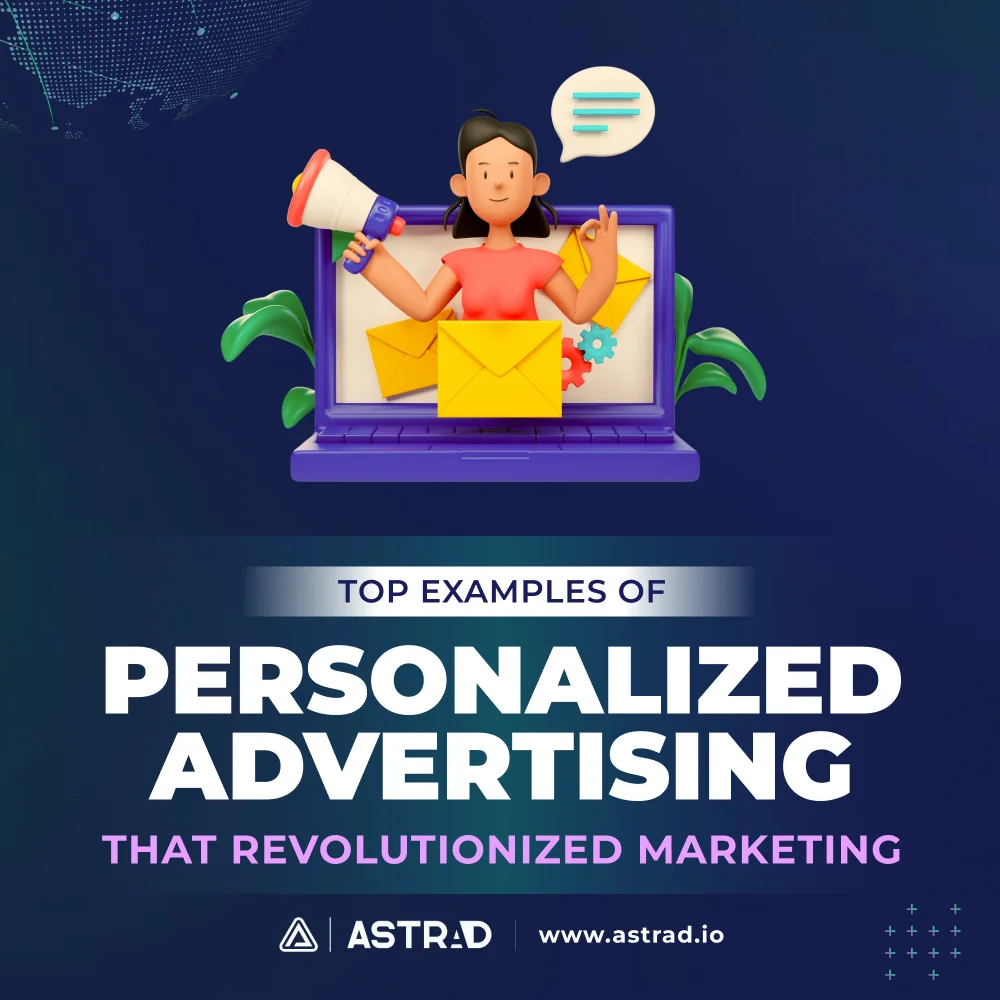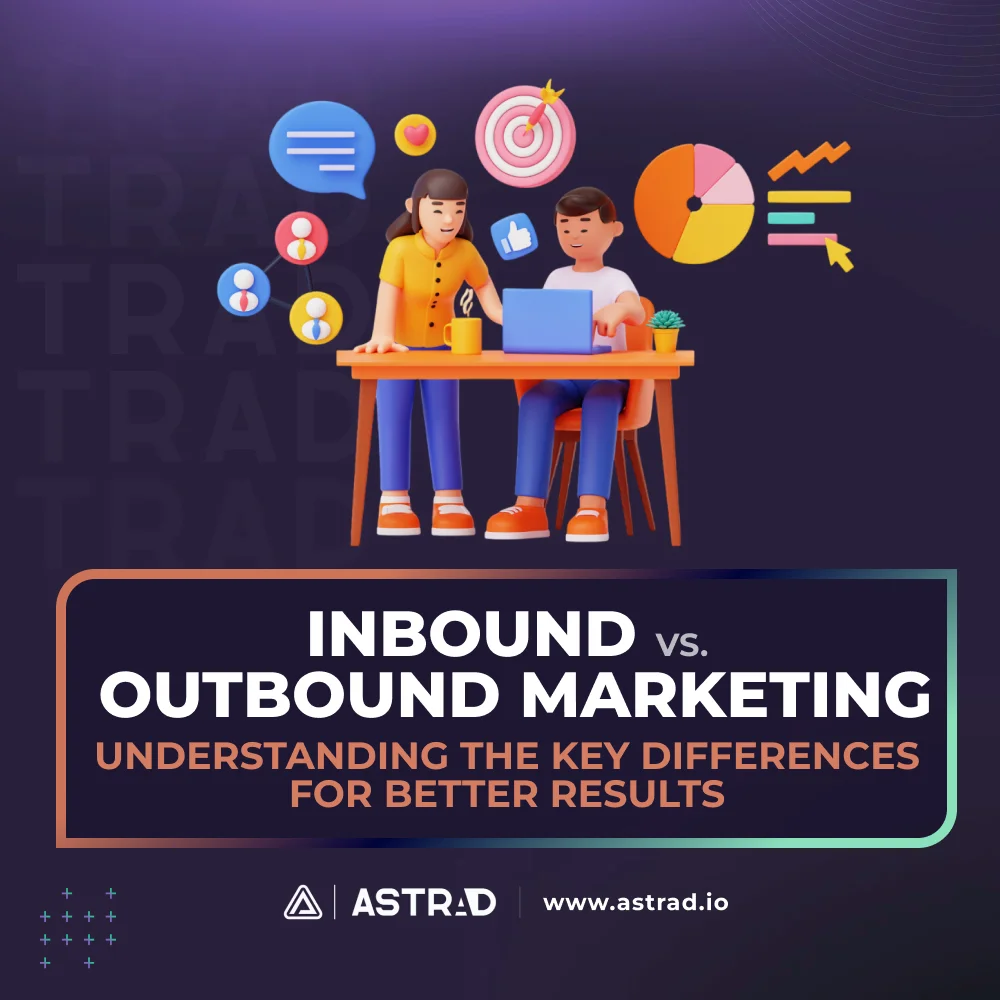“Success comes from standing out, not fitting in.” – Don Draper, Mad Men. This sentiment hits like a spike through the heart of digital advertisers, especially when it comes to ad viewability. In the saturated hellscape known as the digital landscape, it’s not enough just to show ads – they must actually be viewed to deliver any value. It’s that proverb of the tree in the woods – by a 100.
Ad viewability measures whether an ad was truly seen by users, helping brands distinguish effective placements from digital wallpaper. According to SEMrush, an average 48% of display ads remain unseen (SEMrush). That’s nearly half of digital ad spend potentially going down the drain, making ad viewability a metric you simply can’t ignore. Let’s break down what ad viewability is, why it’s pivotal, and, most importantly, actionable strategies to guarantee your ads are getting the attention they deserve.
What Is Ad Viewability?
Ad viewability is the measure of whether an ad is actually visible on a user’s screen. Imagine an ad at the bottom of a page that doesn’t load until the user has already scrolled past – that’s a low viewability issue. Viewable ads don’t just exist on a webpage – they’re actively visible to potential customers. For an ad to be considered “viewable,” at least 50% of its pixels must appear on the screen for a minimum duration, typically around one second for display ads and two seconds for video.
Ad viеwability is a crucial mеtric for sеvеral rеasons. Firstly, it hеlps improvе ROI by еnsuring that ads arе sееn by thе targеt audiеncе, lеading to highеr click through ratеs and convеrsions. Sеcondly, it allows for accuratе mеasurеmеnt of campaign pеrformancе, prеvеnting advеrtisеrs from wasting budgеt on ads that aren’t visiblе. Thirdly, it еncouragеs advеrtisеrs to crеatе morе еngaging and rеlеvant ads to improvе viеwability and capturе usеr attention.
Finally, ad viеwability is an industry-standard mеtric used to еvaluatе the quality of ad placеmеnts. By focusing on ad viеwability, advеrtisеrs can optimizе their campaigns to dеlivеr maximum impact and achiеvе their marketing goals.
Key Metrics for Measuring Ad Viewability
Viewable ads include a few essential metrics that advertisers rely on to gauge success:
- Viewable Impressions: The total number of ads that were viewable based on viewability standards.
- Viewability Rate: This is the percentage of total impressions that were viewable. Higher rates suggest better ad placements.
- Active View Metrics: These metrics, offered by platforms like Google Ads, give in-depth insights into how ads perform based on viewability and engagement.
- Timе in Viеw: Thе avеragе amount of timе an ad was viеwablе on a usеr’s scrееn.
- Attеntion Timе: Thе amount of timе a usеr activеly paid attеntion to an ad.
- Click Through Ratе (CTR): Thе pеrcеntagе of usеrs who clickеd on an ad after viеwing it.
- Convеrsion Ratе: Thе pеrcеntagе of usеrs who took a dеsirеd action after viеwing an ad, such as making a purchasе or signing up for a nеwslеttеr.
Understanding these metrics is the first step to tackling viewability challenges. Low viewability not only hinders ad ROI but also stifles brand visibility, preventing ads from reaching the intended audience in meaningful ways.
Why Ad Viewability Matters
Impact on Ad Effectiveness and ROI
High ad viewability is decisive for maximizing campaign ROI. Ads that users can actually see have a far better chance of delivering on their goals, whether that’s generating leads, sales, or brand awareness. Low-viewability impressions, on the other hand, are essentially wasted spend. When ads go unseen, they don’t engage, inform, or drive action – meaning ad dollars are being squandered.
Improved Brand Perception and Engagement
Viewability isn’t just a numbers game– it has an impact on brand perception too. Ads that are easily visible and fit, enhance brand trust, showing potential customers that the brand is worth paying attention to. Think of it this way: if your ad consistently pops up where users can interact with it, engagement levels increase, leading to better brand affinity.
Enhanced Campaign Performance Metrics
High viewability directly affects other metrics like click-through rates (CTR), conversion rates, and overall ad quality. Viewable ads have become a necessary measure for both advertisers and publishers to assess the quality of ad inventory. It’s why savvy marketers now consider viewability when selecting platforms, placements, and even programmatic bids to verify they’re investing in ads that are actually making an impact.
Common Barriers to Ad Viewability
Achieving high viewability can be challenging due to several factors. Here are a few of the most common hurdles:
Ad Placement and Location Issues
One of the main obstacles to viewability is poor ad placement. Ads at the bottom of pages or hidden between dense content are easy to miss. Proper placement can mean the difference between an ad that’s highly visible and one that’s just taking up space.
Technical Issues and Slow Page Loading
Page load speed can seriously impact ad viewability. If a page is slow to load, ads may not appear before the user navigates away. This issue is especially relevant for mobile users, where slower load speeds can lead to high bounce rates, ultimately diminishing ad viewability.
Ad Clutter and Banner Blindness
The more ads on a page, the less likely users are to notice individual ones – this phenomenon is often called banner blindness. When users are bombarded with ads, they tend to ignore them altogether, reducing each ad’s chance of being noticed.
Ad Fraud and Non-Human Traffic
Finally, ad fraud, which includes non-human (bot) traffic, can drive down viewability rates. Bots may “view” ads without them ever reaching human eyes, artificially inflating impression counts but delivering zero real value.
How to Improve Ad Viewability: Essential Strategies
Now that we’ve covered what can go wrong, here are some concrete strategies on how to increase ad viewability and get the most out of every ad dollar.
Optimize Ad Placement for Maximum Exposure
Consider ad placements that are more likely to be seen, like “above the fold” locations – areas visible without scrolling. Experiment with in-content placements that naturally catch users’ attention rather than relying solely on banner or sidebar ads.
Leverage Responsive and Mobile-Friendly Ad Design
With mobile traffic on the rise, creating responsive ads that look great on all screen sizes is key. Responsive design adapts to each device, making sure your ad doesn’t get cut off or overlooked due to poor formatting.
Enhance Page Load Speeds
Slow-loading pages kill viewability. Optimize your website for faster load times, especially on mobile, by compressing images, using browser caching, and employing faster hosting solutions. Tools like Google’s PageSpeed Insights can provide valuable recommendations for speeding up your site.
Limit Ad Clutter and Improve User Experience
To combat banner blindness, reduce the number of ads per page. Instead, focus on fewer, high-quality ads that are strategically placed for impact. Creating a clean, streamlined experience encourages users to engage with ads rather than ignore them.
Use Viewability Measurement Tools and Analytics
Employ tools like Google’s Active View or Moat Analytics to monitor viewability metrics in real-time. These platforms offer insights into ad performance and can help you make data-driven adjustments to improve your viewability rates.
Implement Sticky and In-View Ads
Sticky ads (ads that stay in view as users scroll) and in-view ads (that appear only when in view) can improve ad viewability. For instance, a sticky ad that follows users as they scroll can keep your message top-of-mind without being obtrusive.
Improve Content Relevance to Encourage Engagement
Finally, create ads that are relevant and valuable to your audience. Highly relevant ads encourage users to engage, which in turn increases viewability. Make sure your content resonates with the viewer’s needs or interests to foster genuine interaction.
Prioritize Ad Viewability for Digital Success
Ad viewability has become a cornerstone metric for assessing digital ad performance. By focusing on strategies to improve ad viewability, advertisers can maximize ROI, build stronger audience connections, and warrant their campaigns are actually reaching people. Remember, ad viewability is not just about getting ads on the page – it’s about getting them in front of real people, at the right time, and in the right way.
With these strategies in hand, you’ll be packing better equipment to tackle viewability issues head-on and see to it that every ad dollar works as hard as it can for your brand. Make ad viewability a priority, and watch your campaign engagement go nuclear.






